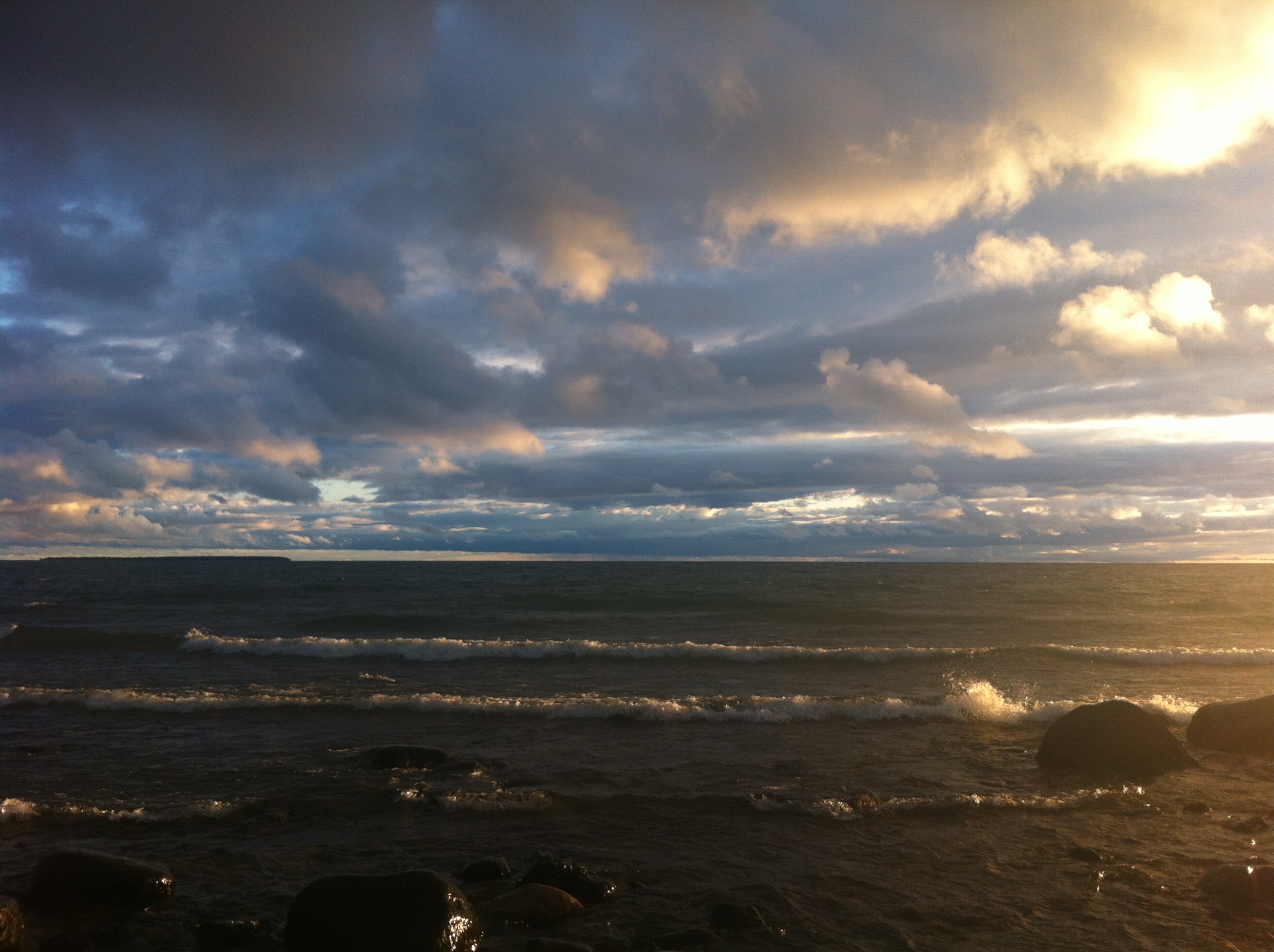The residents of the city of Winnipeg — estimated at 633,450 according to the 2006 census, but obviously much higher now — are currently under a boil water advisory since Tuesday January 27, 2015.
(Perhaps the contamination is from all the racists peeing in the communal water supply, since the city has just been handed the infamous distinction of being Canada-s most racist city? — just saying)
The fear for Winnipeg citizens is that their city-s water supply had been contaminated after six of the 39 water samples taken and tested Monday January 26, 2015, were found positive for coliform bacteria. Escherichia coli (better known as “E. coli”) is a form of this bacteria.
The city has stated that the boil water order was precautionary as city engineers apparently immediately suspected that it was receiving false positive results because, for example, no bacteria were found in any of the samples the city collected both upstream and downstream of the original site tested.
Added to this confidence is that an additional 21 water samples that were collected and tested on Tuesday morning also yielded no traces of bacteria.
These reassuring results don’t mean the boil advisory was automatically lifted and it still remains in effect Thursday afternoon.
According to reports from the Winnipeg Free Press, “Federal health guidelines prevent provincial health officials from lifting a boil-water advisory until two sets of samples, collected 24 hours apart, are clean, said Lisa Richards, medical officer of health with the Winnipeg Regional Health Authority.”
Boil water advisories are nothing new outside of Winnipeg
While obviously anything that threatens anyone’s water supply would automatically raise our fears, this heightened anxiety is an everyday lived experience for Indigenous communities in Canada.
Currently, nearly half of the 133 First Nations communities in Ontario currently have boil water advisories, and it has been more than 10 years since 10 First Nations in northwestern Ontario had clean drinking water.
Here’s the list of ten First Nations with boil water advisories issued more than ten years ago:
- 1995: Neskantaga First Nation
- 2000: Shoal Lake # 40 First Nation
- 2001: Eabametoong First Nation Issued
- 2001: North Spirit Lake First Nation Issued
- 2002: Northwest Angle #37
- 2002: Sandy Lake First Nation
- 2002: Lac Seul First Nation (Whitefish Bay) + 2003 Lac Seul First Nation (Kejick Bay)
- 2003: Muskrat Dam First Nation
- 2004: Wawakapewin First Nation
- 2004: Slate Falls
Inhumane living conditions on reserves — from the lack of clean running to the lack of affordable housing — was one of the reasons that lifted the Idle No More campaign into the air and prompted Attawapiskat Chief, Theresa Spence, to begin her fast.
The very act of refusing to consume food and water highlighted the necessity to keep these resources free from contamination.
The fasting also brought attention to Bill C-45, which concerns both First Nations governance but also included environmental legislation that changes the protective legislation that the Canadian government had in place for its lakes and rivers.
Grassy Narrows band council and community members like Judy Da Silva have also been fighting for access to clean water on their reserve.
The community of Grassy Narrows still suffers from the debilitating neurological impacts of ten tonnes of mercury dumped into their river by a paper mill upstream between 1962-1970; the impact of mercury poisoning and Minamata disease on the living and deceased is devastating.
They are currently fighting the tandem damage that chemical spills and deforestation has done to their traditional territory.
Grassy Narrows has had the longest-running blockade — over ten years — in Canada.
This summer, Grassy Narrows former chief, Steve Fobister Sr., held a short fast in a desperate attempt to get the Wynne government to help his people.
Sad as it sounds, people can only seem to appreciate something when it is gone, and this message unfortunately stands true when we are talking about access to clean water.
Photo by krystalline kraus of Lake Superior.



